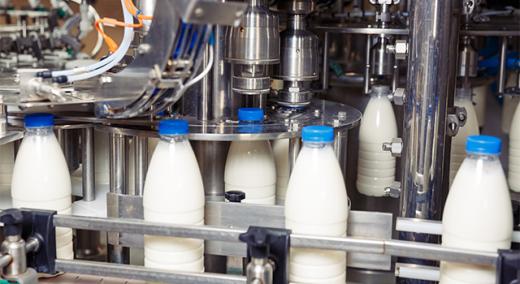Rising costs from inflation and increased focus on reducing carbon dioxide emissions make product loss management more important than ever in dairy plants. One major reason these losses occur is because timings or other process parameters are set incorrectly, causing a lot of valuable dairy product to be unnecessarily washed out together with the wastewater. Collo’s unique liquid fingerprint technology addresses this problem by detecting any type of liquid in the pipes in real time, offering an easy way to optimize production and cut product losses.
|
ADVERTISEMENT |
The rising costs of raw milk, electricity, and other expenses are driving dairy plants to put more focus on reducing milk loss. The cost of raw milk has risen by 64 percent in two years in the EU region, and in some countries significantly more. With thin profit margins, it is a strategic imperative for many plants to minimize product loss. At the same time, there is global pressure to reduce the CO2 footprint of dairy production, and here milk loss at the plant plays a key role.
…

Add new comment